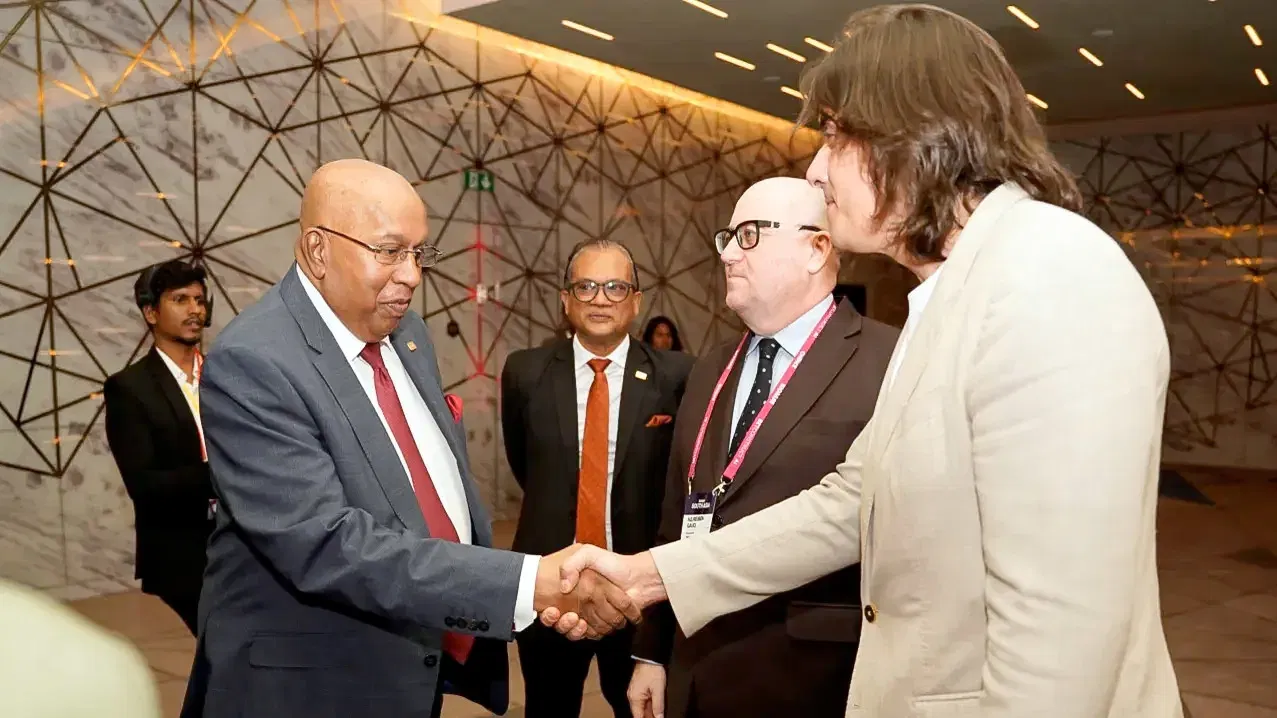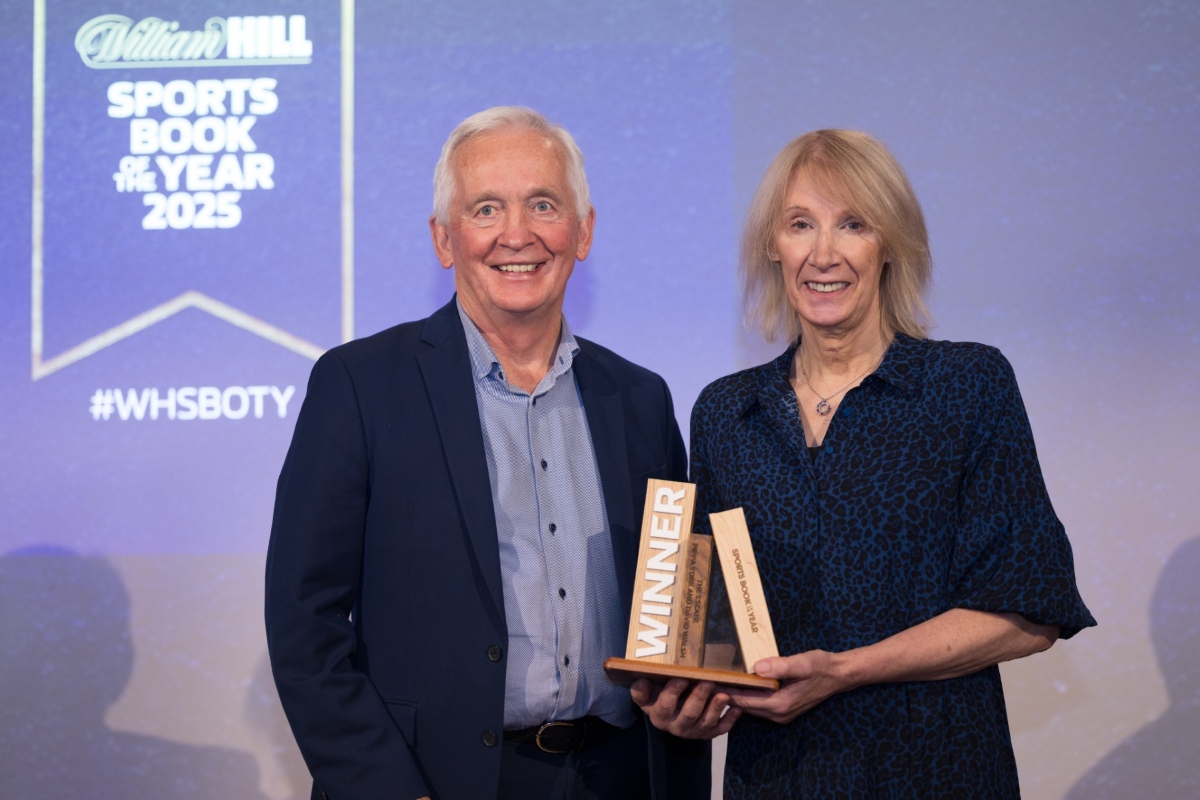As we settle into the new normal, and many companies continue to encourage their workforce to work remotely for an undefined period of time, we’re starting to realise the limitations of digital relationships.
I read that 70 per cent of our communication is non-verbal. 70 per cent is the (big!) chunk of content that we’ve lost through video conferencing, online forums and emails. It is not such a huge issue when people know each other well – as the missing information on video conferencing is complemented with what they already know about each other – but it’s a considerable issue when leaders address new audiences, be it internal with new employees, or external.
How can leaders make their message more noticeable, engaging and memorable amidst ‘Zoom-fatigue’? Two years ago, leaders were on stage. They were trained about their voice and eye contact, what to do with their arms, and how to work the stage. None of this training is really useful anymore, as leaders find themselves limited to a small rectangle on their audiences’ screens.
Could storytelling be the solution?
From an early age, we love stories and use them to understand complex moral concepts such as loyalty, courage and integrity. We use the same skills to understand real people and situations as we do to relate to fictional characters in stories. While we often forget numbers, strategies or quotes, we never forget a good story!
I have been using storytelling for years with leaders I coach to help them drive change among their workforce. Since the start of the confinement, I found myself talking about storytelling more and more with leaders I coach, way beyond the topic of change management. Could storytelling be the vaccine against confinement side effects: isolation, disengagement, confusion and shorter memory span?
Storytelling is powerful, but how to go about it in a corporate environment? Good news – pretty much every message could be turned into a story. The next logical question is: which storytelling model to choose? Indeed, there are so many!
I was looking for a storytelling structure that can be personalised to the leaders’ own style, customised to the actual situation being described, and palatable to different audiences. I may have found this gem! One of the most powerful storytelling models available to tell a compelling story is The Intentional Change Model, developed by Boyatzis and Goleman. It is a coaching structure that executive coaches often use to help a leader adopt an aspirational and positive mindset to tackle a challenge. The Intentional Change Model comprises five chapters and, adapted to a corporate context, it goes like this:
Step 1: The ideal situation
You start with the end: your vision of success. If this were a children’s story, you’d start with “They get married and have lots of children”. Starting with the happy ending invites your audience to lean in, because they find it aspirational. You start with the bit they want to get to, the part that makes them feel good and worth working for. From the first 20 per cent of your story, you have the audience thinking “We want that!”. So often, strategies start with ‘the problem’. Starting with a successful ending can be much more exciting.
Step 2: Today’s reality
This is where you talk about where you stand today, your context, including what’s working and what’s not. Now’s the time to go through your SWOT analysis. Although you don’t need to ‘rate’ where you stand versus your goal (step 1) or how far or close you are to it, it will be a natural conclusion of your audience. To make this step more uplifting and engaging, it’s a good place to list your strengths – your know-how, reputation, talent, innovation, last year’s wins, company culture and whatever makes you feel like you are well equipped to reach the end goal
Step 3: The journey
In this chapter, you discuss the essential ingredients or steps to bridge today’s reality with the ideal situation. If the ideal situation described in step 1 is the ‘objective’, then this chapter lists the ‘key results’. These items can be listed chronologically (what needs to happen, in which sequence), or by theme – talent, technology, growth and innovation. It is important to avoid the ‘laundry list’ effect and to focus on the few but indispensable steps required to reach the ideal situation.
Step 4: Innovation
You have probably heard how Einstein described madness: “To do the same thing again and again, hoping for a different outcome every time”. This fourth step is based on this belief. Here, you list things that need to be tried for the first time. This step is about giving psychological safety to your workforce to take risks and to fail, as long as learnings are extracted and built upon.
Step 5: Resources
This final step is all about ending on a positive. “You’re not alone! You’re empowered! The company is behind you and wants you to succeed!”. Here you list all the resources people can tap into to go from reality to the ideal situation: people, know-how, budget, headcount, training, coaching, or a new leadership team. If you use this storytelling model to request additional support, this is where you list what you need in order to execute your plan.
Another advantage of The Intentional Change Model storytelling structure is that it enables you to cover three very important facets of your strategy: why, what and how.
Why
The ideal situation and the real situation cover the WHY. This is why we do what we do, to delight the customer, change lives, become number one, be global, influence and educate.
What
The third step describing the ingredients required to reach the ideal situation covers the WHAT – this is what needs to happen so we fulfill our raison d’etre.
How
Step 4 (experimentation) and Step 5 (resources) cover the HOW. This is how all this can happen, in terms of mindset and feasibility.
The more leaders use this storytelling model, the more they adapt it to their style and fluently alter it to fit the requirements of their audiences. A story is easily remembered, which means that it can carry through the organisation, being repeated by all hierarchical layers.
As we experience ‘Zoom-fatigue’, there is a way for leaders to overcome the limitations of digital communication: tell a story! Using storytelling is an impactful way to address new internal and external audiences so the message is understood, appreciated and remembered. Try it!
Got a question for Marion? Email her on marion.gamel@gmail.com
This column first appeared in the summer edition of iGaming Capital magazine, the sister brand to iGamingCapital.mt
Continue Reading
Game Lounge’s Maria De Martino shortlisted for Best Newcomer at 2025 iGaming Affiliate Awards
The Malta iGaming Affiliate Awards 2025 were created to celebrate the people, products, and innovations shaping the affiliate sector
Malta Day celebrated at SiGMA South Asia with calls for deeper cooperation and regulated gaming
'It is my firm belief that the best relations between countries are built by business and investment,' Maltese High Commissioner H.E. Reuben Gauci said
Malta-headquartered Playson appoints Ben Wood as Chief Commercial Officer
He brings over 15 years of experience in the iGaming industry
Trans author wins William Hill Sports Book Award with ‘human story’ on cycling and transition
The book chronicles Robert Millar’s cycling career, Pippa York’s transition, and her journey covering the Tour de France with David Walsh











